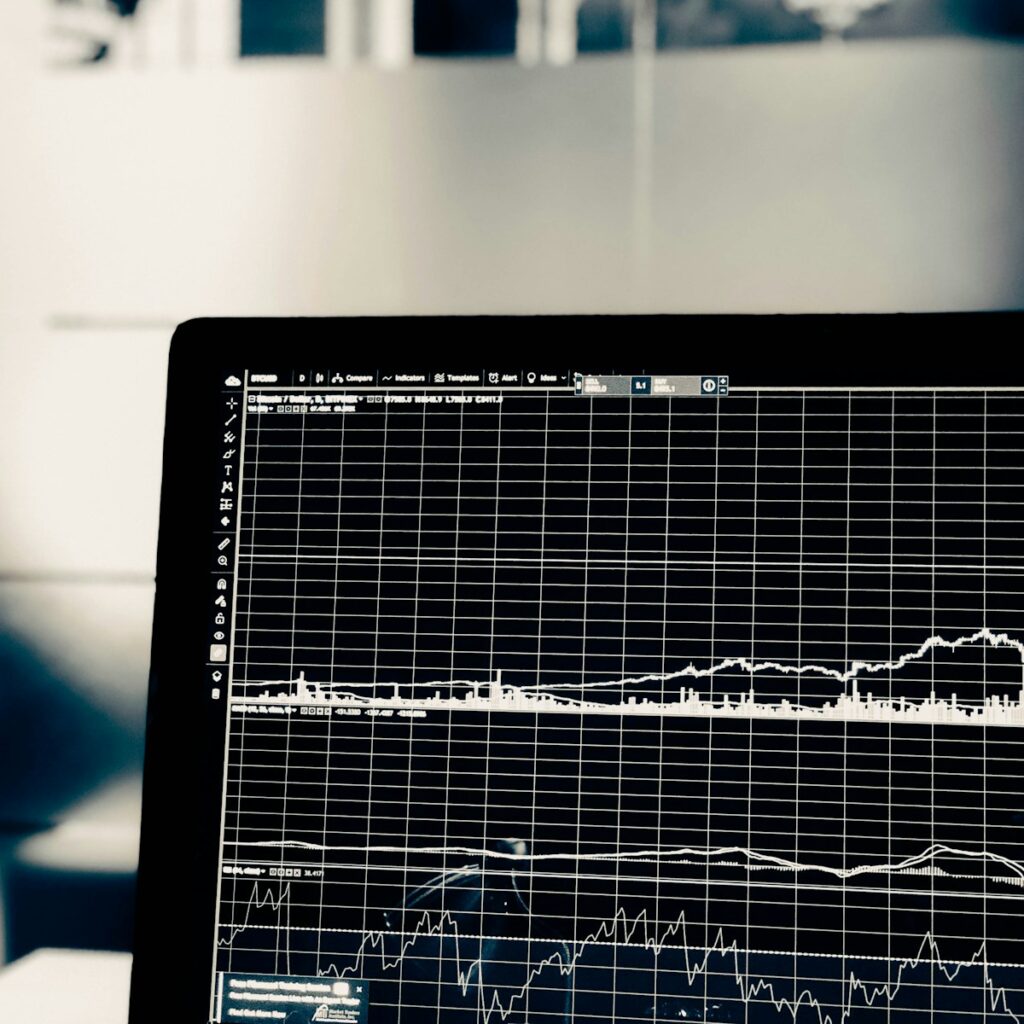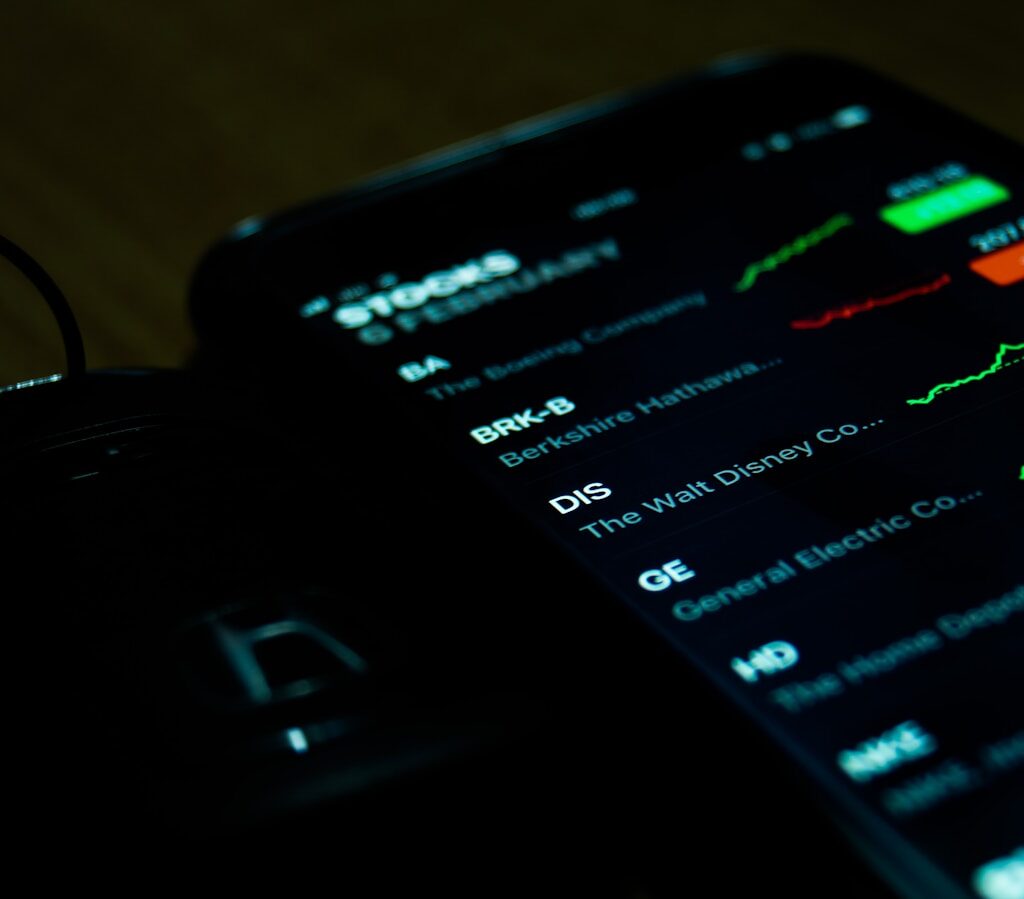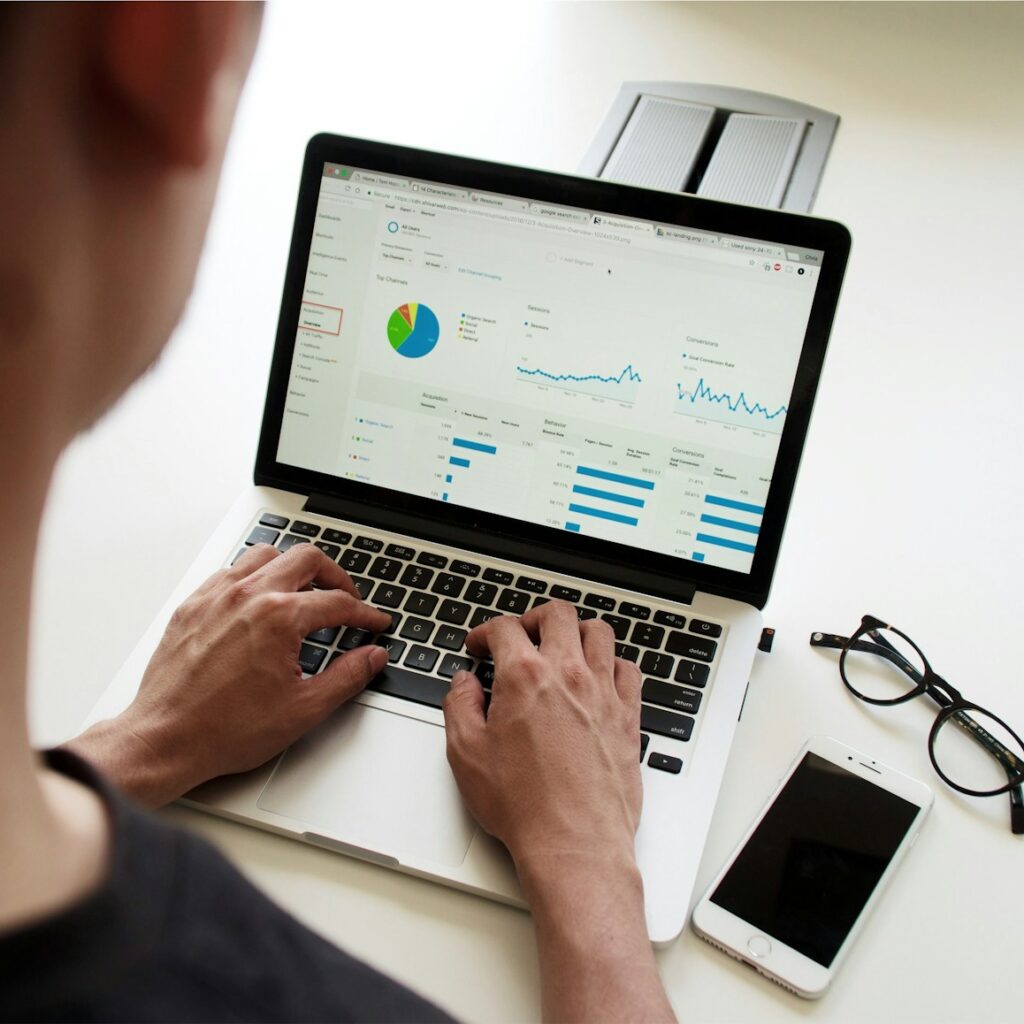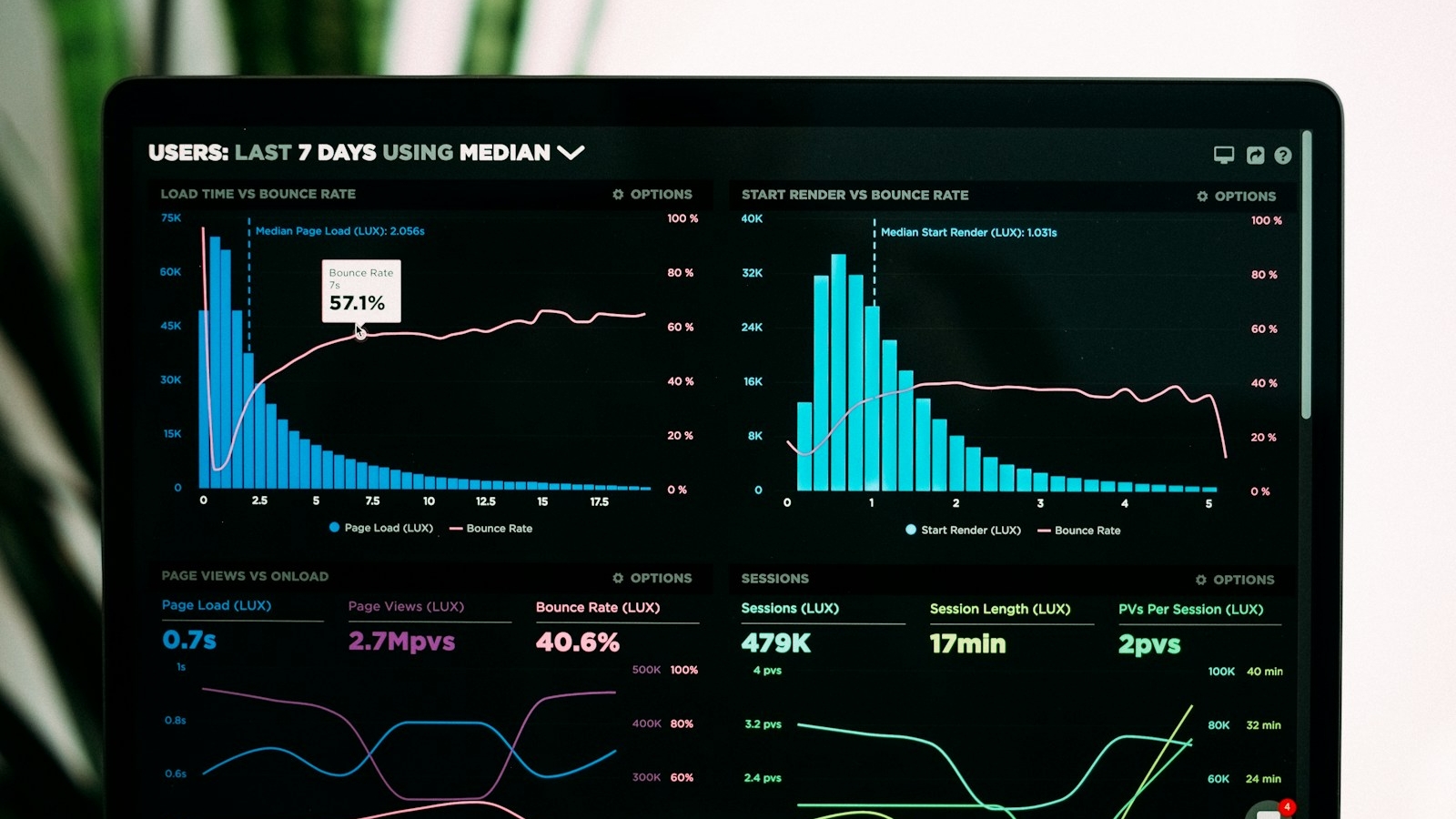As a hotelier, your ultimate goal is to maximize profitability while maintaining high occupancy rates and exceptional guest satisfaction. But how do you know if your strategies are working? The answer lies in tracking the right revenue metrics. Understanding key performance indicators (KPIs) gives you a clear picture of your hotel’s financial health and helps you make data-driven decisions.
In the competitive and fast-paced hospitality industry, monitoring revenue metrics is not just about measuring numbers—it’s about leveraging them to improve performance, optimize pricing, and ultimately increase your hotel’s bottom line. Whether you’re managing a luxury hotel in Mumbai, a beach resort in Bali, or a boutique property in New York, these essential revenue metrics can make all the difference in driving growth.
1. Average Daily Rate (ADR)
Average Daily Rate (ADR) is one of the most fundamental metrics in hotel revenue management. It measures the average price a guest pays for a room per day during a given period. Tracking ADR allows hoteliers to assess how effectively they are pricing rooms and managing rates across different seasons, markets, and booking channels.
Why ADR Matters:
- Revenue Optimization: ADR helps determine whether your room pricing is aligned with market demand. By increasing ADR during high-demand periods (e.g., peak season, festivals, or local events), you can maximize revenue.
- Market Positioning: Comparing your ADR with local competitors can help you understand your property’s market position. A higher ADR suggests a more premium offering, while a lower ADR might indicate an opportunity to raise prices.
- Revenue Forecasting: Consistently tracking ADR helps you forecast future revenue and adjust pricing strategies accordingly.
Tip: Track ADR alongside Occupancy Rates (more on that below) to get a complete picture of your revenue potential. High ADR with low occupancy can indicate you’re priced too high for certain markets.


2. Revenue per Available Room (RevPAR)
Revenue per Available Room (RevPAR) is a critical metric for measuring your hotel’s overall revenue performance. RevPAR takes both occupancy rates and ADR into account, providing a more holistic view of how efficiently your hotel is generating revenue. It’s calculated by multiplying ADR by occupancy rate, or by dividing total revenue by the number of available rooms.
Why RevPAR Matters:
- Comprehensive Indicator: Unlike ADR, which only measures room rates, RevPAR combines both rate and occupancy, giving you a better understanding of how well your hotel is performing in terms of overall revenue.
- Performance Benchmark: By comparing your hotel’s RevPAR with your competitors’, you can assess whether your property is underperforming or excelling in the market.
- Revenue Growth: Tracking changes in RevPAR over time helps you assess the effectiveness of your pricing and marketing strategies. A consistent increase in RevPAR indicates your revenue management efforts are paying off.
Tip: Use RevPAR alongside other metrics like Total Revenue per Available Room (TRevPAR) to understand how ancillary services (like food & beverage, spa, etc.) are contributing to overall revenue.
3. Occupancy Rate
The Occupancy Rate is the percentage of available rooms that are occupied over a specific period. It’s one of the most basic, yet essential, revenue metrics. A high occupancy rate indicates that your rooms are in demand, while a low occupancy rate might suggest that you need to adjust your pricing or marketing strategy.
Why Occupancy Rate Matters:
- Capacity Utilization: Occupancy rate helps you understand how efficiently your hotel is utilizing its room inventory. A 100% occupancy rate is ideal but often not sustainable unless your rates are optimized.
- Demand Assessment: A sudden drop in occupancy might signal external factors such as market conditions, seasonal changes, or competition. Conversely, high occupancy indicates healthy demand and possibly room for rate adjustments.
- Revenue Forecasting: A consistent occupancy rate helps in forecasting future revenue, especially when combined with ADR and RevPAR.
Tip: While a high occupancy rate is important, it’s not always the ultimate goal. Focus on achieving high occupancy with optimal pricing to boost both occupancy and revenue.


4. Cost per Occupied Room (CPOR)
Cost per Occupied Room (CPOR) calculates the average cost to service each occupied room, including costs for housekeeping, amenities, utilities, and other operational expenses. This metric is crucial in determining how much your hotel is spending to maintain profitability.
Why CPOR Matters:
- Profitability Management: CPOR helps you assess if your operational costs are aligned with your revenue. If CPOR is high compared to RevPAR or ADR, your hotel could be losing profitability despite good occupancy.
- Expense Control: By tracking CPOR, you can identify areas where costs can be reduced, such as operational inefficiencies or overstaffing in certain departments.
- Cost vs. Revenue Balance: Monitoring CPOR ensures you’re balancing the cost of servicing rooms with the revenue generated from those rooms.
Tip: Analyze CPOR across different room categories to understand which types of rooms are costing more to maintain and whether adjustments are needed in pricing or operational processes.
5. Total Revenue per Available Room (TRevPAR)
While RevPAR measures room revenue alone, Total Revenue per Available Room (TRevPAR) goes a step further by factoring in all other revenue streams, such as food and beverage, spa services, parking, and other amenities. It provides a broader perspective on a hotel’s overall revenue performance, beyond just room sales.
Why TRevPAR Matters:
- Comprehensive Revenue Insight: TRevPAR gives you a complete picture of your hotel’s ability to generate revenue from all sources. It helps you evaluate the impact of non-room revenues like dining, entertainment, and event services on your profitability.
- Ancillary Revenue Growth: By tracking TRevPAR, hoteliers can identify opportunities to increase non-room revenue. For example, improving the guest experience in the restaurant or offering upselling opportunities can have a direct impact on TRevPAR.
- Financial Health: TRevPAR is a valuable metric for understanding how effectively your hotel is managing all aspects of the guest experience, including services outside of the room.
Tip: Use TRevPAR in conjunction with other revenue metrics like RevPAR and ADR to get a full picture of your hotel’s financial performance and identify areas for growth.



